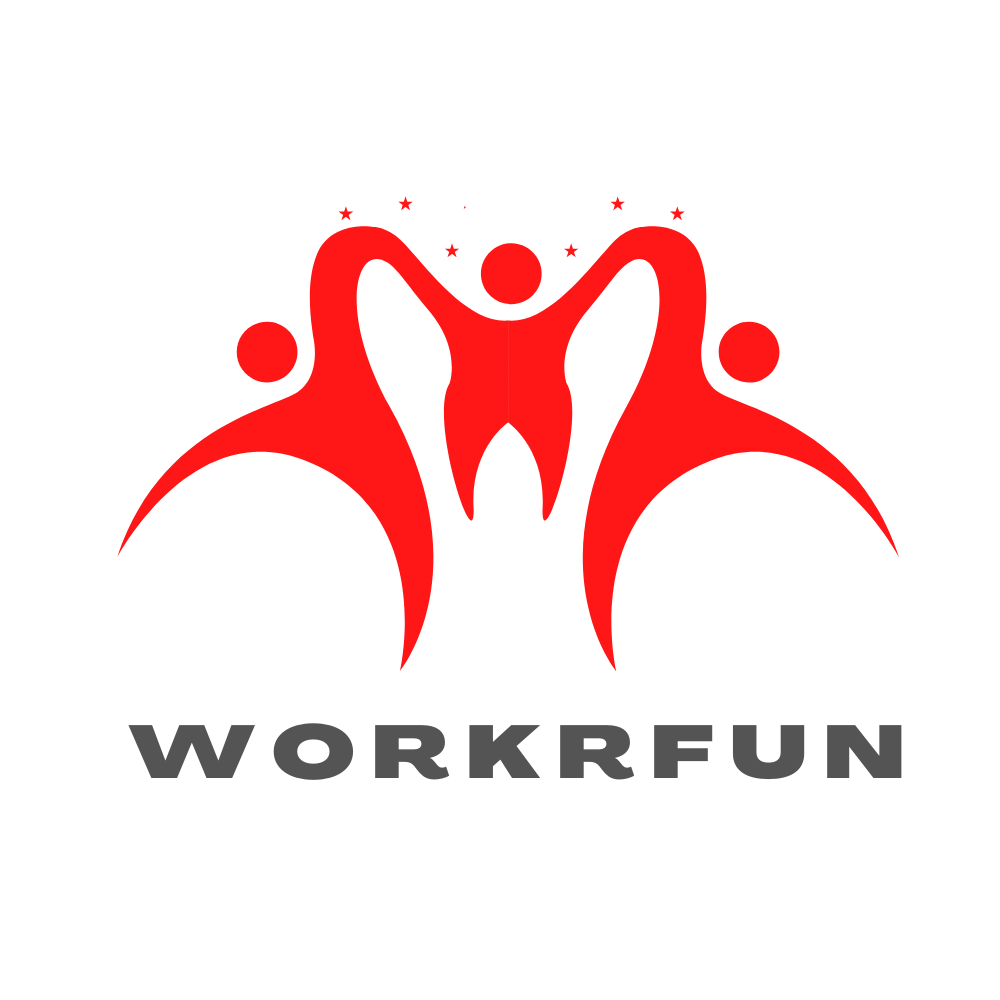Activity Overview
This is a structured activity designed for teams to explore how they work together. The tight layout enables team members to be open and honest in their assessment. After reflecting as individuals, the team builds a collective map that can serve as the basis for further discussions and actions. The assessment is based around 6 dimensions. Each one encouraging the team to reflect and analyze a different and crucial element of their behavior.
Each team is a system. it is complex with multiple and interlocking parts. We like to borrow the term Operating System (OS) from the software industry, to denote a complex system that supports people to work (programs to run) and is improved over time through constant, small updates.
This activity is an important starting point for any team that wants to update its OS and evolve the way it works. Most teams work and grow organically, with little deliberate attention given to designing the working process, exploring interpersonal relations, and challenging traditional notions of hierarchy.
By taking the time to do a self-evaluation a team can surface things that are implicit, and make them explicit. Only once they are explicit then the team can talk about them and change them.
Objectives
-
Help teams in exploring the way they work together.
Materials Needed
-
Flipchart
-
Sticky notes (one color)
-
Markers (black)
-
Small colored sticky dots/ or rectangles (one color)
-
Masking tape
Step By Step Instructions
- This activity uses 6 facets to frame the reflection and discussion. Write these on a whiteboard, flipchart, or show them on a screen for the team to copy.
– Team Relations & Environment
– Information & Decision-Making
– Responsibility & Accountability
– Learning & Individual Purpose
– Collective Purpose
– Profit & ProductivityGive each team member a sheet of flipchart paper, portrait orientation. Instruct them to draw 5 horizontal lines, splitting it into 6 equal sections and label each section with a dimension.
Now give them 30 minutes to reflect on these dimensions in silence. Individually, they should write down statements that apply to each dimension. These should all complete the following sentence:
As a team, we…
Some will likely be positive or celebratory, others will likely be critical or development-oriented. Ask members to arrange their statements on the paper, with the most development-oriented on the left and the most celebratory on the right.
Facilitator notes: This activity is not about blaming individuals for team performance. When reflecting and analyzing the team we are talking about the team as a whole, as an organism in and of itself.
- On a whiteboard or flipchart draw a large version of the 6 facets that they have been working on. The aim of this step is to bring everyone’s statements together to see where the team agrees and disagrees with the 6 facets.
One-by-one, invite the team members to share 2-3 sticky notes from each dimension. They should just read out what they have written. No additional explanation or justification is necessary at this point.
Again, they should put the more development-oriented statements to the left, and the more celebratory statements to the right. - The aim of this step is to narrow down the statements and remove any clear duplications.
Invite someone from the team to cluster the statements in silence. When they feel they are finished, ask the group if anyone feels strongly about changing the clusters. If they do, invite them up to make the changes.
Repeat this until nobody objects to the clustering. It may take a few rounds, but eventually, you will arrive at a selection of statements that nobody strongly disagrees with. This is a consent-based group decision.
- The aim of this step is to see what statements the group feels strongly about. You’re going to do that through dot voting.
Give each team member a sheet of small colored sticky dots/rectangles. They should all be the same color, so you can’t tell who voted for which statement.
Ask the participants to look at the clustered statements. They should stick a dot on the statements that they think are important to this team. The things they think should be addressed, changed, or celebrated. There is no limit to the amount of dots they can use.
When everyone is finished voting, step back and look at the board/flipchart. The spread, density, and frequency of the dots will give you an immediate sense of what the team thinks is important.
- The aim of this final step is to digitize the insights from the activity and figure out the next steps!
Ask the group for a volunteer to turn what is on the board/flipchart into a digital image. They should take a picture(s) on their phone, and transfer the information onto a collaborative, editable document. Something like a Google Doc.Now is the time for a group discussion. The team should decide what to do with this information. Here are a few suggestions:
- Formally celebrate the positive statements in some way.
- Schedule 6 discussion sessions over the next few weeks, each one focused on one development-oriented statement from one of the facets.
- Present the digital document to another team, or to the whole company.
Facilitator notes: Editability and collaboration are key to this document being useful. The information and insights belong to the team. It is now the team’s responsibility to implement change.





